
Christoph Schiller's first solo work for spinet, amplified objects and piano, using a simple but brilliant structure which combines improvised pieces in a unique chain-like pattern of repetition and development.
Out of Stock
Quantity in Basket: None
Log In to use our Wish List
Shipping Weight: 3.00 units
Sample The Album:
Christoph Schiller-spinet, objects, amplification, piano
Click an artist name above to see in-stock items for that artist.
Label: Another Timbre
Catalog ID: at63
Squidco Product Code: 17919
Format: CD
Condition: New
Released: 2013
Country: UK
Packaging: Cardstock gatefold foldover
Recorded by Christoph Schiller at Atelier Klingentalstrasse, Basel, Switzerland in January 2013.
Christoph Schiller interviewed by Dominic Lash
DL: As I understand it, the album is constructed from a series of pieces roughly five minutes long. There were two pieces recorded with spinet, two with objects and two with piano, and these are overlapped in a kind of chain fashion. We start with the first spinet piece on its own, which is then followed by the same piece played simultaneously with the second spinet piece. Then the second spinet piece is juxtaposed with the first object piece, and so on until we end with the second piano piece on its own. Have I got that right? It's a very elegant and original structure - what made you decide to work this way? And have you used a similar methodology in the past?
CS: Some years ago I wrote a small piece for voices in this structure. But there everything was written out. When thinking about a solo project I came to the same idea again, but this time the elements were improvised pieces. Well, more or less improvised - I decided on a length of five minutes beforehand. I wanted something that could only be realised in the form of a recording, but which at the same time included improvisation. A recorded improvisation is as fixed (or even more fixed) as a written piece. I wanted to work with this fact by using every element (the five-minute pieces) twice, so that it's exactly the same, but occurs in a changing surrounding. The chain provides an evolution throughout the whole piece. It is in fact a canon - thus a very old form.
Besides the formal questions I was interested in using different instruments, not just the spinet. I have anyway a variety of objects/preparations that I use with the spinet, but I've also started to work with pick-ups and microphones and amplification. Last year's project was to combine those new elements with the spinet, but here I did the opposite and separated the material, arranging a set of objects and amplification as an extra instrument. The third instrument is the piano - which is a comeback, because I used to play piano before I changed completely to the spinet. I tried to find a way of using the piano without "playing" it, I mean not pianistically, using the piano tones more as found objects.
The juxtaposition of the pieces helps to bring those elements into close relation.
DL: That's fascinating. When I first listened to the album I didn't look at the titles or watch the tracks going by, so I heard it as one long piece, which seemed somehow delightfully endless - I could almost imagine it continuing forever. I think this is related to the way you use silence on the record. In fact, if you replaced the first and last tracks with a single track consisting of "spinet1" and "piano2" played simultaneously, the form would become cyclical and could indeed continue cycling for ever. I wonder what your thoughts are about the sense of direction within this music, or alternatively the lack thereof?
CS: Indeed I tried to achieve something where you lose orientation as a listener, in order to concentrate on the moment, and the sounds themselves. Then there is the repeating of the pieces (the elements), so that there is also the moment of memory, which interferes with the orientation. The structure of five-minute-pieces (as "variation") is also a form of repetition. A repetitive structure can create a field, or at least a field-perception. The silences inside the single pieces react somehow with the silences between the pieces, and funnily enough, connect them instead of separating them. But the main reason for the silences is that I wanted to provide space for other elements (of the juxtaposed piece) to have a formal influence.
You are right, "spinet1" and "piano2" might be played simultaneously, and I have thought of this too. But for me it was important to begin with one "solo" piece; I wanted to have this building-up of the structure, and a "solo" at the end is the consequence. It is a cycling form - as a canon always is. In a canon you can't say where the beginning or the end is from the entry of the second voice on.
The compositional aspect of this work lies in the conception of sounds placed in a field. Although I didn't make a score, I tried to play as if there was an empty screen or sheet where I place my sounds. I'm doing this as well when I improvise freely, but in free improv there is usually also the aspect of development, and often this aspect comes to the foreground. Here in this piece time is mainly felt as space, open to all directions, and less as time as a result of a process of uncovering material. So the events just come and go, and of course the image of them perhaps coming back is obvious. The canon supports the perception of sounds like in a mobile.
DL: It seems to me that you really do need to know how the album is structured to enjoy it fully. Do you have any thoughts on listening informed by structural (one could say compositional) knowledge, versus "just listening to the sounds", if such a thing is possible?
CS: Probably you're right. But it's not possible for me to listen to my own work in an uninformed way, so it's a bit difficult to say. I had a lot of joy working on the conception. Of course I hope that it isn't necessary to have knowledge of the structure in order to enjoy it. There's a lot of material and structures that could just as well occur in a "simple" improvisation, and I put in a good deal of work and input at this level. Knowledge about structure is a different shift, so to say; it adds to the first "uninformed" experience and makes the whole thing more complex and thus richer. As I said before, the reason for the structure is to support or suggest a way of listening - and if it were necessary therefore to know the structure intellectually, then it would not be a good composition.
I think that you always find more joy in listening to a piece of music when you know something about its concept. In some music this is more important and in other music less. But knowing nothing will always be less rich - at least as long as the knowing doesn't lead to prejudices.
DL: I completely agree with you - you put it very beautifully. One last question: the album strikingly demonstrates how different one sound seems to be when it is or is not accompanied by another sound. The title of the CD is Variations but the structure seems as much about juxtaposition as it is about variation. What do you think is being varied in this music?
CS: Variation is (before Webern) a repetitive, cyclic form. You go over the same thing again and again, looking at it from a new angle every time; that's what I wanted to emphasize with the title. Of course juxtaposition is also an important part of the structure, I agree.
In fact it's not so easy to say what is varied, besides the obvious. It is certainly not the first piece; it doesn't stand as a "theme"; it's already a variation! Maybe one could say: when you've listened to all the pieces, you might get a suspicion of what is being varied.
Artist Biographies
• Show Bio for Christoph Schiller "Christoph Schiller was born in 1963 in Stuttgart. He studied fine arts at the Kunstakademie Stuttgart and HfBK Hamburg. He later studied piano with Daniel Cholette and music theory in Basel. He has been playing concerts of improvised music on piano since 1987. In recent years the piano has been abandoned in favour of the lighter spinet, for which he has developed specific playing techniques which are influenced by inside piano techniques. Besides keyboard instruments his work with the voice has become increasingly important. He lives in Weil am Rhein and Basel." ^ Hide Bio for Christoph Schiller
4/2/2025
Have a better biography or biography source? Please Contact Us so that we can update this biography.
Track Listing:
1. Variation 1: spinet 5:16
2. Variation 2: spinet 1 + spinet 2 5:16
3. Variation 3: spinet 2 + objects 1 5:12
4. Variation 4: objects 1 + objects 2 5:18
5. Variation 5: objects 2 + piano 1 5:59
6. Variation 6: piano 1 + piano 2 6:02
7. Variation 7: piano 2 5:05
Improvised Music
Electro-Acoustic
Electro-Acoustic Improv
European Improvisation, Composition and Experimental Forms
lowercase, reductionist, micro-improv, sound improv, onkyo sound
Objects and Home-made Instruments
Search for other titles on the label:
Another Timbre.


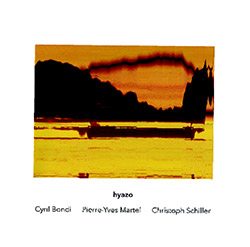


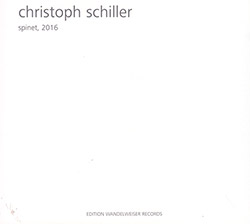


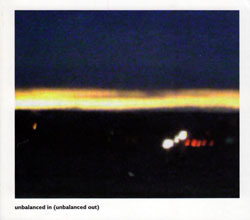
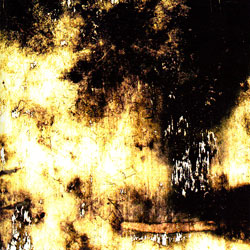
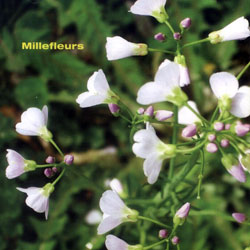
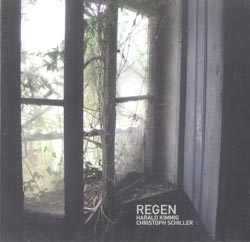
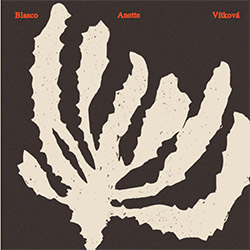
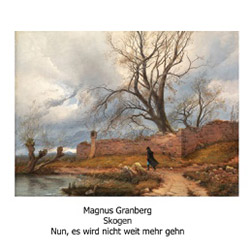
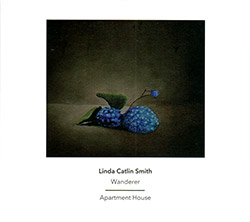










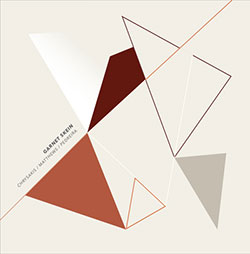



![Niblock, Phill / Anna Clementi / Thomas Stern: Zound Delta 2 [VINYL]](https://www.teuthida.com/productImages/misc4/34623.jpg)
![Yoko, Ono / The Great Learning Orchestra: Selected Recordings From Grapefruit [2 CDs]](https://www.teuthida.com/productImages/misc4/35841.jpg)
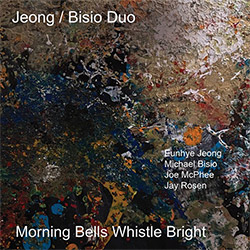
![Brotzmann, Peter / John Edwards / Steve Noble / Jason Adasiewicz: The Quartet [2 CDs]](https://www.teuthida.com/productImages/misc4/35975.jpg)
![Brotzmann, Peter / John Edwards / Steve Noble / Jason Adasiewicz: The Quartet [VINYL 2 LPs]](https://www.teuthida.com/productImages/misc4/35976.jpg)
![Thomas, Pat: The Solar Model of Ibn-Al Shatir [VINYL]](https://www.teuthida.com/productImages/misc4/36044.jpg)
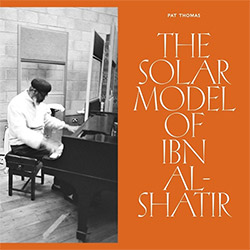

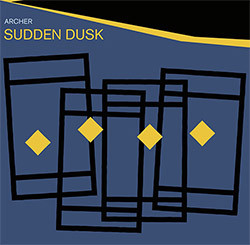

![Rodrigues, Ernesto / Nuno Torres / Guilherme Rodrigues: Whispers In The Moonlight - In Seven Movements [2CDs]](https://www.teuthida.com/productImages/misc4/35765.jpg)
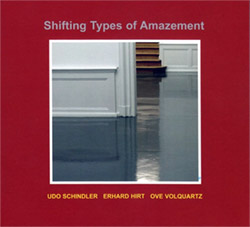

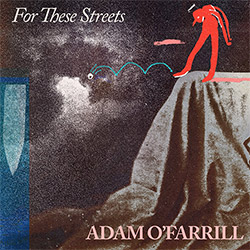
![Cocks, Laura: FATHM [VINYL]](https://www.teuthida.com/productImages/misc4/36055.jpg)
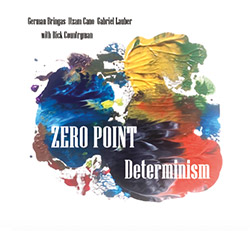
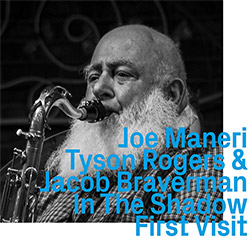
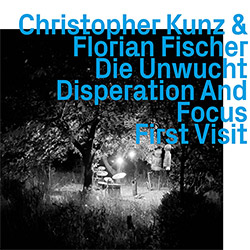
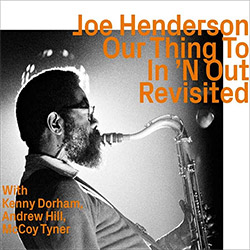

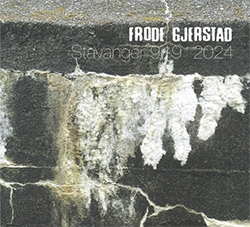
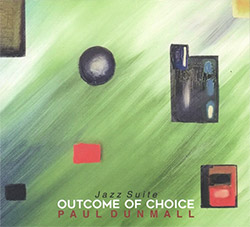
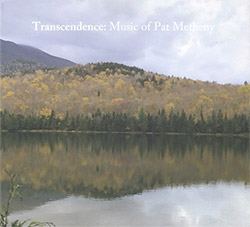
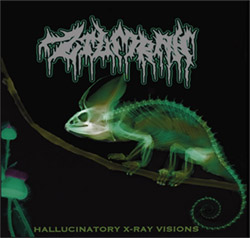
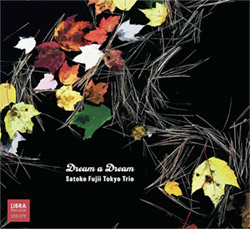
![Ackerley / Prymek / Turner: All Hope With Sleeping Minds [CASSETTE]](https://www.teuthida.com/productImages/misc4/35950.jpg)
![Myers, David Lee : Tin Drop Tear [BOOK w/ DOWNLOAD]](https://www.teuthida.com/productImages/misc4/36030.jpg)

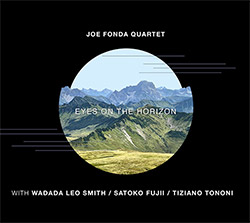
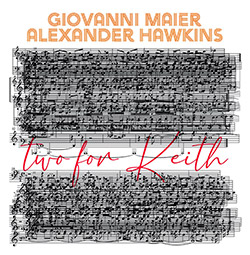
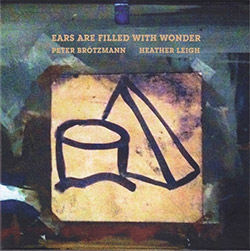
![Schindler, Udo / Sandy Ewen / Damon Smith: Munich Sound Studies Vols. 4, 5 & 6 [3 CDs]](https://www.teuthida.com/productImages/misc4/35966.jpg)
![Turbulence Orchestra & Sub-Units: Smear Out the Difficulties (Double Live) [2 CDs]](https://www.teuthida.com/productImages/misc4/36048.jpg)


![Perelman, Ivo / Tyshawn Sorey: Paralell Aesthetics [2 CDs]](https://www.teuthida.com/productImages/misc4/35871.jpg)
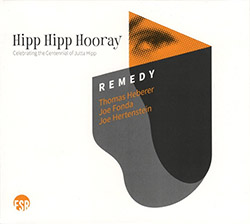

![Sjostrom, Harri: SoundScapes #4 Festival Berlin 2023 [3 CDs]](https://www.teuthida.com/productImages/misc4/35874.jpg)
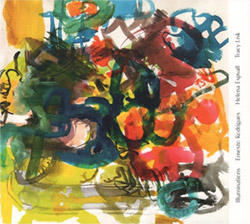


![Glenn, Jordan: Flustered [CASSETTE]](https://www.teuthida.com/productImages/misc4/35948.jpg)


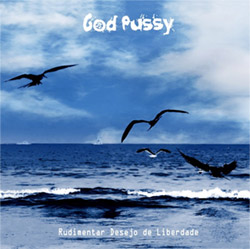

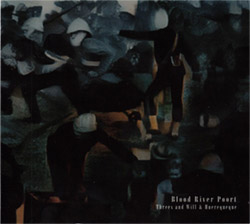
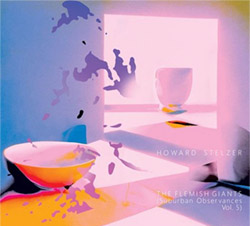
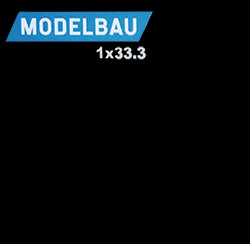
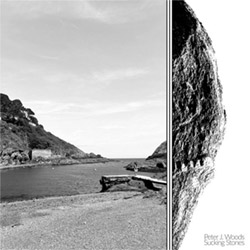
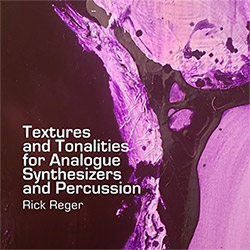

![Olencki, Weston : Pearls Ground Down To Powder [VINYL]](https://www.teuthida.com/productImages/misc4/35956.jpg)
![Myers, David Lee: Oculus [2CDs]](https://www.teuthida.com/productImages/misc4/35857.jpg)


![dustsceawung: dustsceawung [CASSETTE w/ Download]](https://www.teuthida.com/productImages/misc4/35753.jpg)
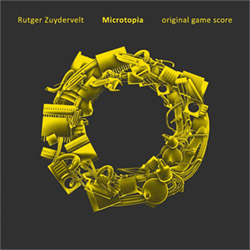



![Halls of the Machine: Atmospheres For Lovers And Sleepers [CASSETTE w/ DOWNLOAD]](https://www.teuthida.com/productImages/misc4/35806.jpg)
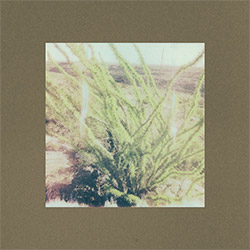
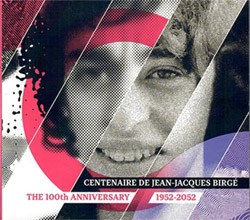
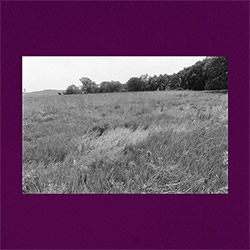
![AHC (Alexander Cooper): Lase [2 CDs]](https://www.teuthida.com/productImages/misc4/35754.jpg)



![Fagaschinski, Kai / Yan Jun : Graveyard Processions [VINYL w/ DOWNLOAD]](https://www.teuthida.com/productImages/misc4/35474.jpg)









![Zorn, John / JACK Quartet: The Complete String Quartets [2 CDs]](https://www.teuthida.com/productImages/misc4/35609.jpg)

![Lonsdale, Eden: Dawnings [2 CDs]](https://www.teuthida.com/productImages/misc4/35480.jpg)







![Sanna, Claudio: Compositori Sardi Contemporanei II [2 CDs]](https://www.teuthida.com/productImages/misc4/35317.jpg)







![Zurria, Manuel: Fame di Vento [3 CDs]](https://www.teuthida.com/productImages/misc4/35167.jpg)


![Electric Bird Noise / Derek Roddy: 8-10-22 [CD EP]](https://www.teuthida.com/productImages/misc4/35970.jpg)








![Elephant9 : Mythical River [VINYL]](https://www.teuthida.com/productImages/misc4/34624.jpg)



![Elephant9 with Terje Rypdal: Catching Fire [VINYL 2 LPs]](https://www.teuthida.com/productImages/misc4/35355.jpg)
![Deerlady (Obomsawin, Mali / Magdalena Abrego): Greatest Hits [VINYL]](https://www.teuthida.com/productImages/misc4/34876.jpg)







![Surplus 1980: Illusion of Consistency [CD]](https://www.teuthida.com/productImages/misc4/35069.jpg)
![Staiano, Moe: Away Towards the Light [VINYL + DOWNLOAD]](https://www.teuthida.com/productImages/misc4/35037.jpg)



![Caveira (Gomes / Sousa / Abras / Ferrandini): Ficar Vivo [VINYL]](https://www.teuthida.com/productImages/misc4/34643.jpg)
![Coley, Byron: Dating Tips for Touring Bands [VINYL]](https://www.teuthida.com/productImages/misc4/17906.jpg)

![Lost Kisses: My Life is Sad & Funny [DVD]](https://www.teuthida.com/productImages/misc4/lostKissesDVD.jpg)